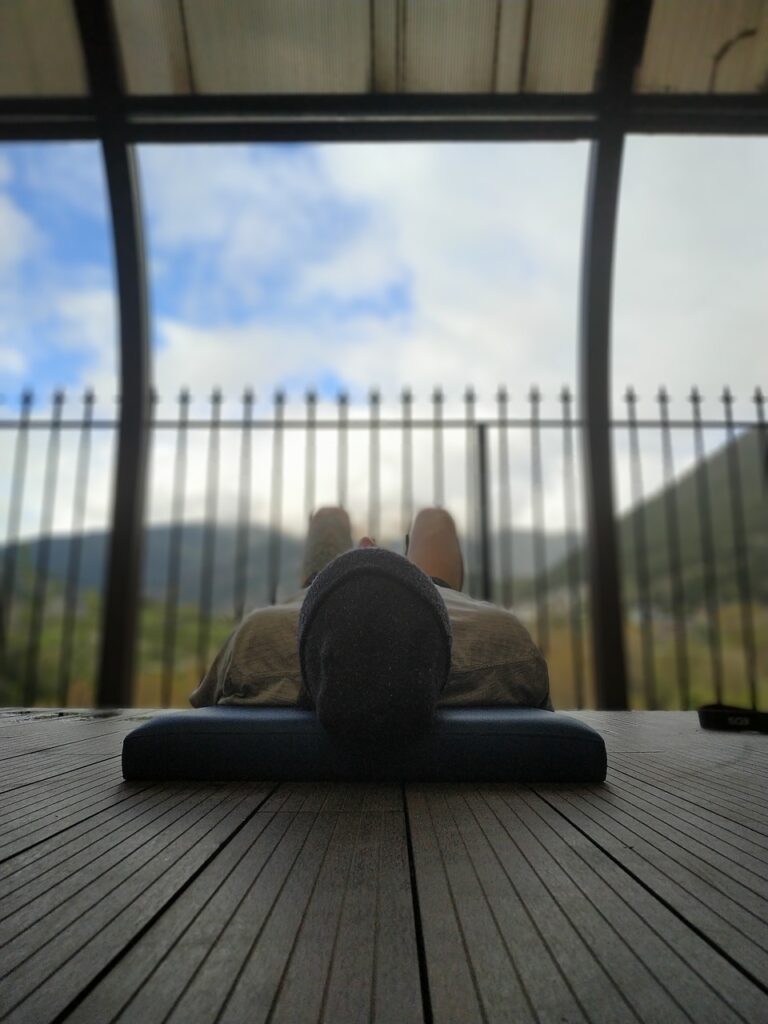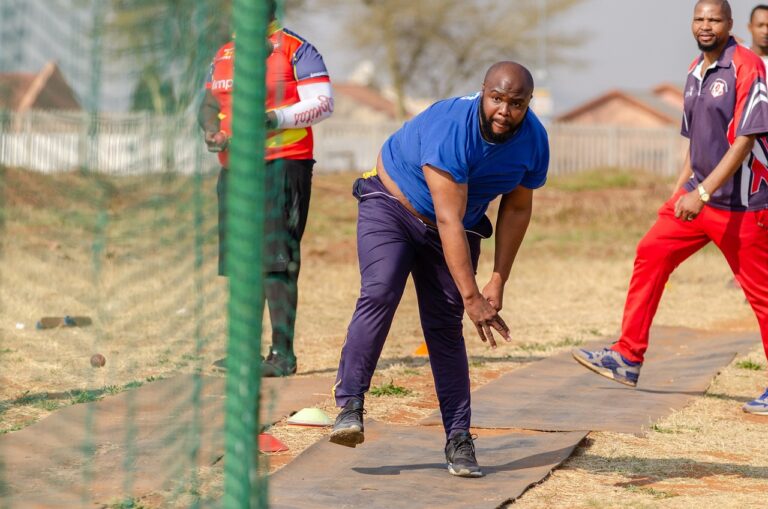Innovations in Rehabilitation Technology: Restoring Function and Independence
Rehabilitation technology has come a long way in recent years, offering new hope and opportunities for individuals looking to regain lost function and independence. From advanced prosthetics to cutting-edge robotic devices, these innovations are revolutionizing the way we approach rehabilitation and improving the lives of countless people around the world.
Prosthetics
One of the most significant advancements in rehabilitation technology is the development of advanced prosthetic devices. These devices are more lifelike and functional than ever before, allowing individuals with limb loss to perform everyday tasks with ease. Thanks to advancements in materials science and engineering, prosthetics are now lighter, more durable, and more comfortable to wear.
Exoskeletons
Exoskeletons are another groundbreaking innovation in rehabilitation technology. These wearable robotic devices can assist individuals with mobility impairments by providing support and assistance as they walk or move. Exoskeletons are particularly beneficial for individuals with spinal cord injuries or other conditions that affect their ability to walk independently.
Virtual Reality
Virtual reality technology is being used in rehabilitation settings to help individuals recover lost function and improve their quality of life. By immersing patients in virtual environments, therapists can create engaging and interactive exercises that target specific areas of weakness. Virtual reality has been shown to be highly effective in improving motor function, cognitive skills, and overall well-being in rehabilitation patients.
Brain-Computer Interfaces
Brain-computer interfaces (BCIs) are a cutting-edge technology that allows individuals to control external devices using their thoughts alone. BCIs are particularly useful for individuals with severe physical disabilities, such as paralysis, enabling them to communicate, operate computers, and even control robotic devices using only their brain activity. This technology has the potential to greatly enhance the independence and quality of life for individuals with disabilities.
Smart Home Technology
Smart home technology is revolutionizing the way individuals with disabilities live and function in their homes. From voice-activated assistants to smart appliances and home monitoring systems, these devices can help individuals with disabilities manage daily tasks more independently. Smart home technology can improve safety, convenience, and quality of life for individuals with disabilities, allowing them to live more comfortably and confidently in their own homes.
Robot-Assisted Therapy
Robot-assisted therapy is an emerging field that utilizes robotic devices to assist in the rehabilitation of individuals with physical impairments. These devices can provide precise, repetitive movements to help individuals regain motor function and strength. Robot-assisted therapy can be highly effective in improving outcomes for individuals recovering from stroke, spinal cord injury, or other neurological conditions.
FAQs
Q: What is the goal of rehabilitation technology?
A: The goal of rehabilitation technology is to improve function, independence, and quality of life for individuals with disabilities or injuries.
Q: How do these innovations benefit individuals in need of rehabilitation?
A: These innovations offer new opportunities for individuals to regain lost function, improve their independence, and enhance their quality of life.
Q: Are these technologies widely accessible?
A: While some rehabilitation technologies are still relatively new and may be costly, efforts are being made to increase accessibility and affordability for all individuals in need.
Q: How can individuals learn more about rehabilitation technology?
A: Individuals can speak with their healthcare providers, physical therapists, or rehabilitation specialists to learn more about the latest innovations in rehabilitation technology and how they may benefit from them.







